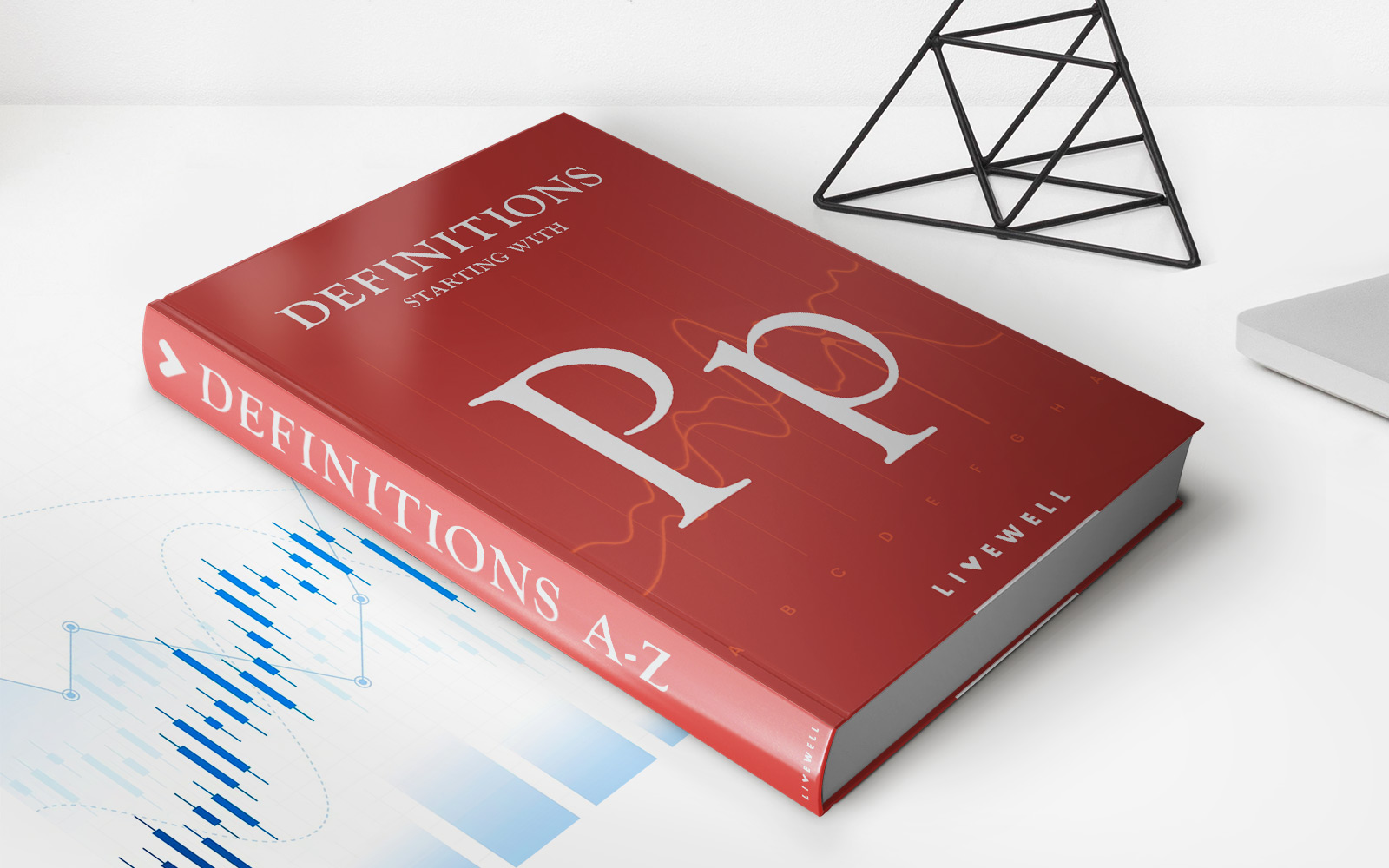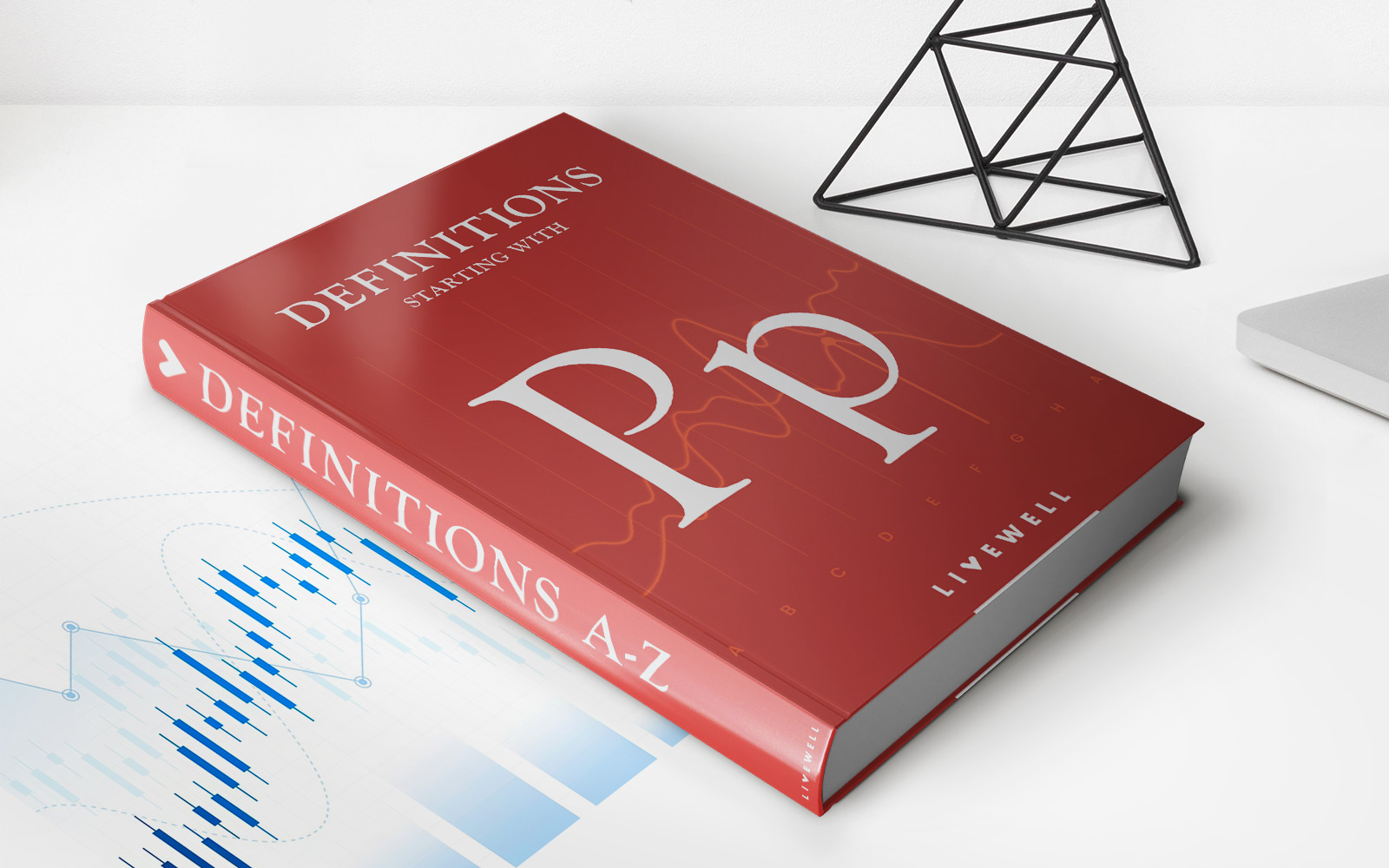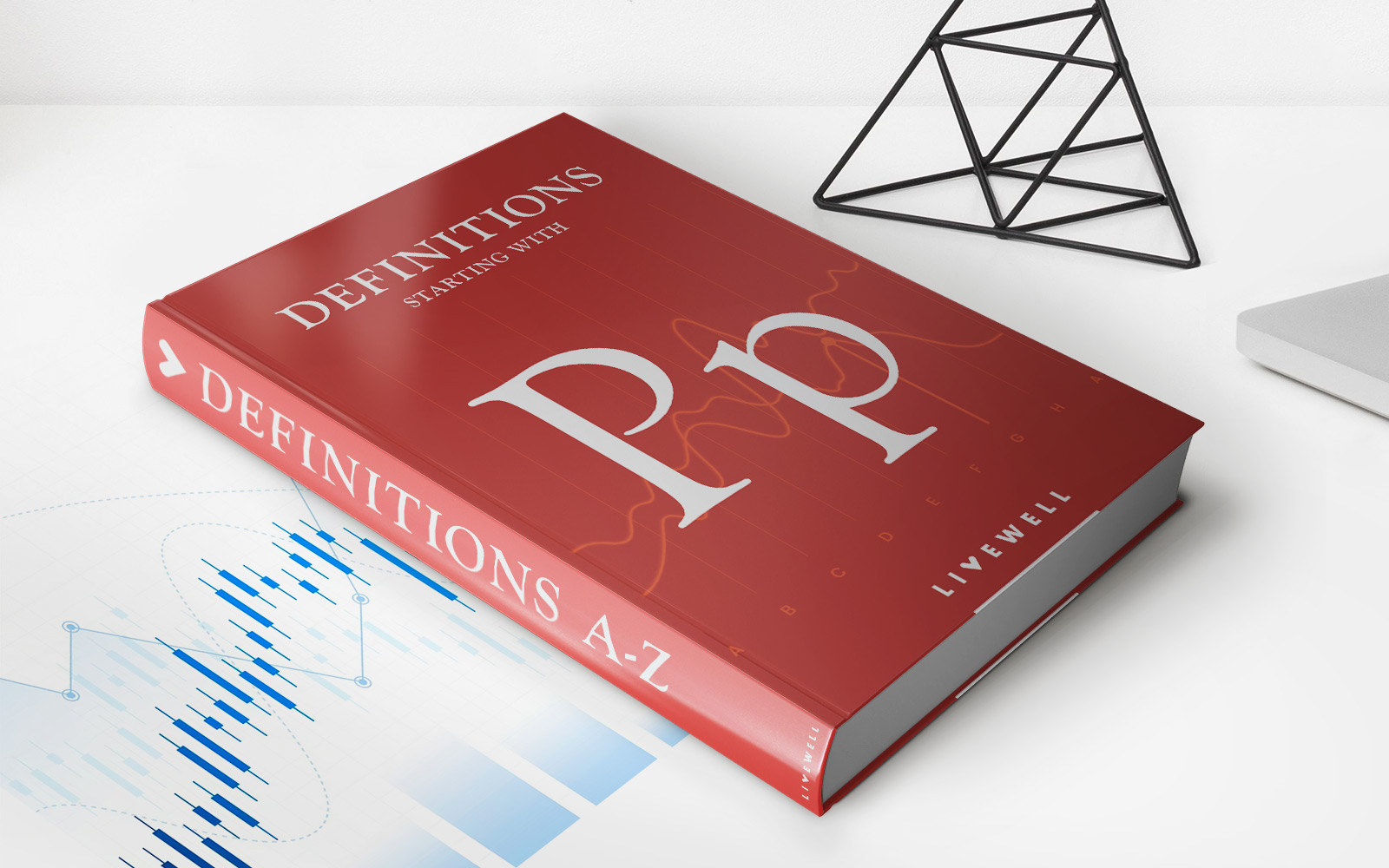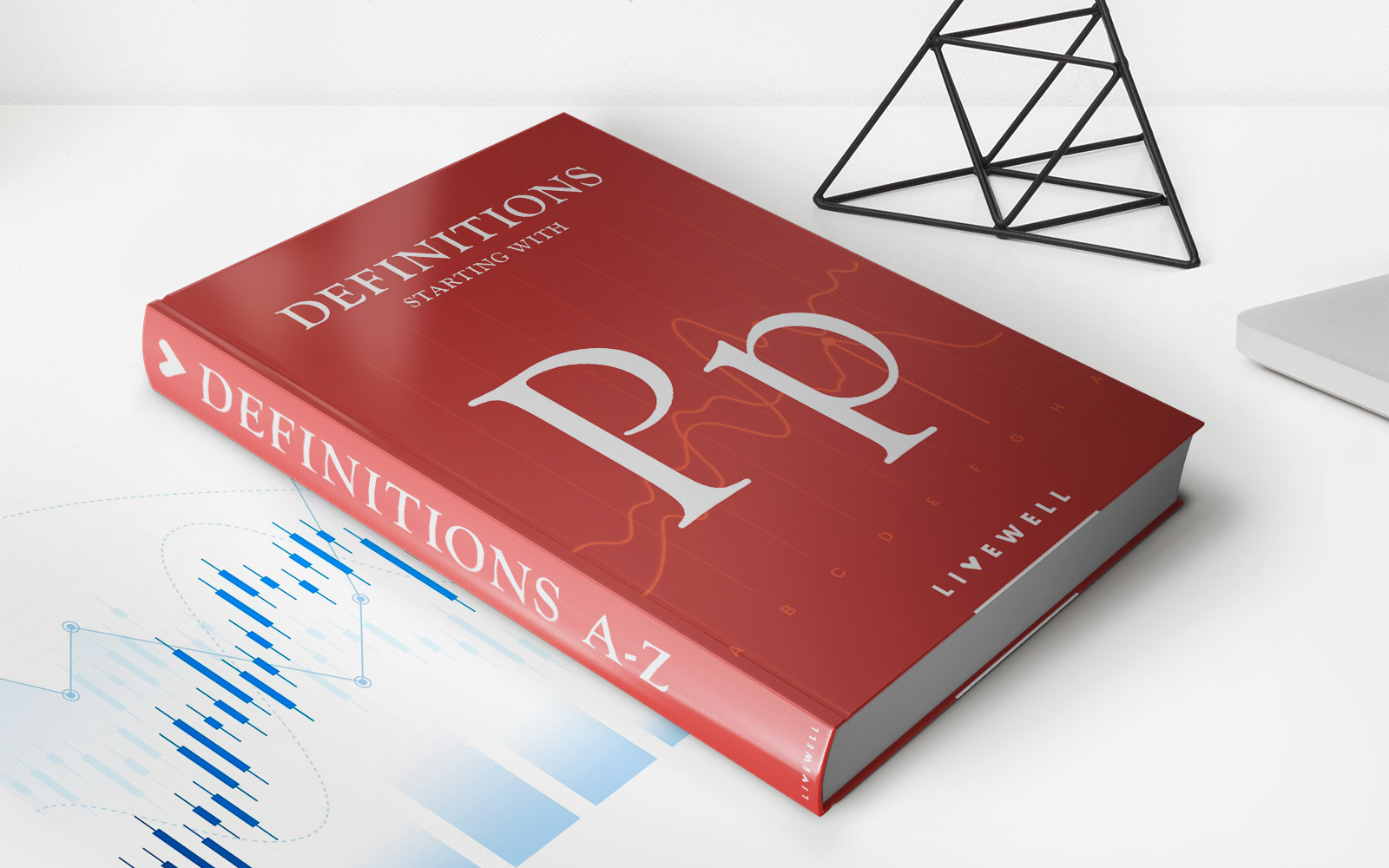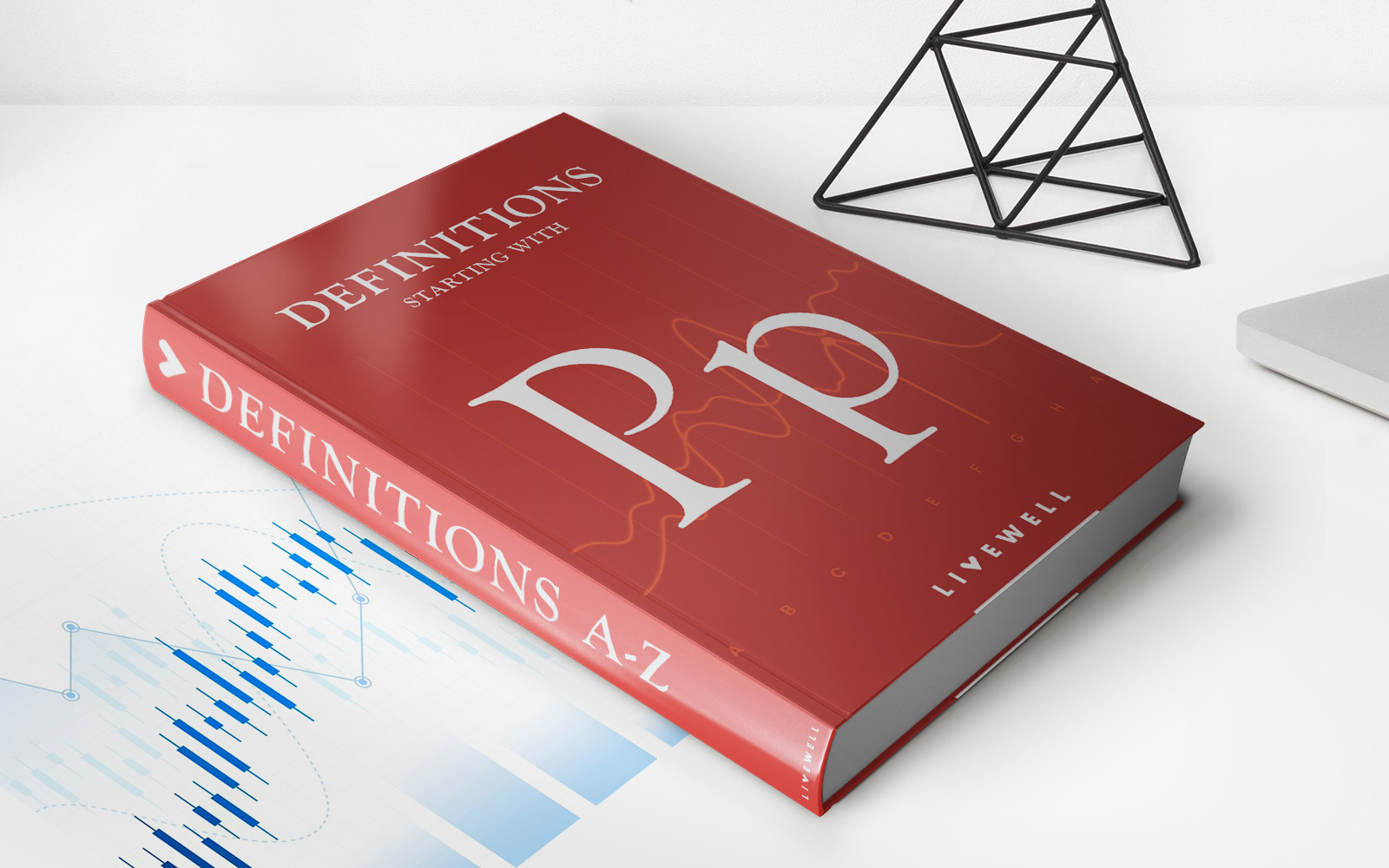Home>Finance>Production Volume Variance: Definition, Formula, Example
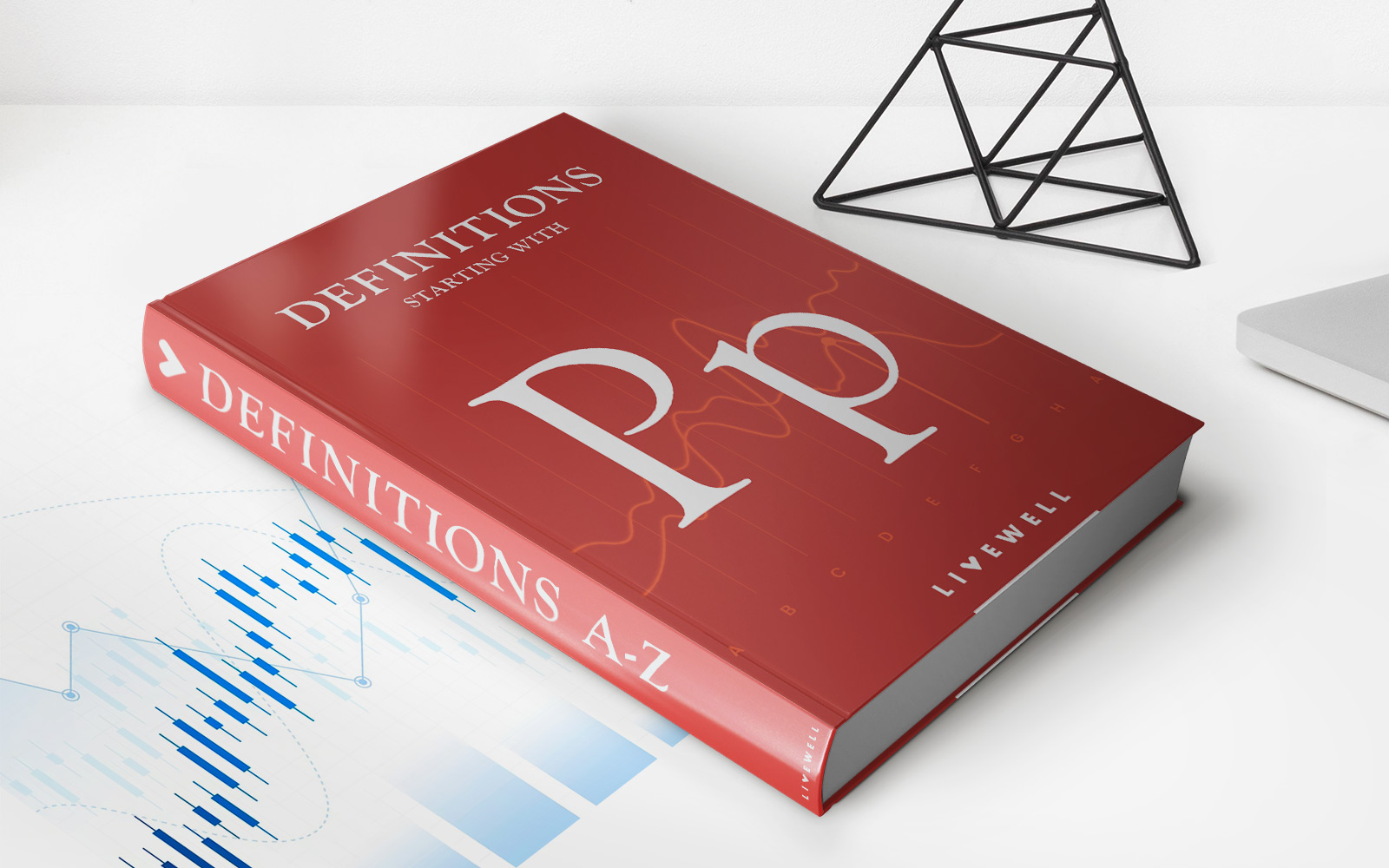

Finance
Production Volume Variance: Definition, Formula, Example
Published: January 12, 2024
Learn about production volume variance in finance, including its definition, formula, and example. Understand how it impacts business profitability and performance.
(Many of the links in this article redirect to a specific reviewed product. Your purchase of these products through affiliate links helps to generate commission for LiveWell, at no extra cost. Learn more)
Production Volume Variance: Definition, Formula, Example
Welcome to our Finance category, where we delve into the intricacies of various financial concepts that are essential to managing and understanding your business. In this blog post, we will explore the concept of Production Volume Variance, its definition, formula, and provide an example to help you grasp its significance in financial analysis.
Key Takeaways:
- Production Volume Variance measures the impact of changes in production volume on a company’s costs and profits.
- It is a useful tool for assessing the efficiency of production operations and making informed decisions about future production levels.
Now, let’s dive into the topic at hand, shall we?
What is Production Volume Variance?
Production Volume Variance is a term used in managerial accounting to refer to the difference between the actual costs incurred and the standard costs that would have been incurred if production had occurred at the expected level. It is a measure of the impact of changes in production volume on a company’s costs and profits.
Formula for Production Volume Variance
The formula for calculating the Production Volume Variance is as follows:
Production Volume Variance = (Actual Production – Standard Production) × Standard Cost Per Unit
Let’s break down the formula further:
- Actual Production: This refers to the actual number of units produced during a given period.
- Standard Production: This represents the expected number of units that should have been produced based on the standard production level.
- Standard Cost Per Unit: This is the expected cost of producing one unit of the product.
By multiplying the difference between the actual and standard production by the standard cost per unit, we can determine the Production Volume Variance. A positive variance indicates that production exceeded expectations, while a negative variance suggests that production fell short.
Example of Production Volume Variance
Let’s illustrate the concept of Production Volume Variance with an example:
XYZ Corporation sets a standard production level of 1,000 units for a particular product. The actual production for the period is 1,200 units, and the standard cost per unit is $10.
Using the formula mentioned earlier, we can calculate the Production Volume Variance:
Production Volume Variance = (1,200 – 1,000) × $10 = $2,000
In this case, the positive variance of $2,000 indicates that the company produced 200 units more than the expected level. This could be due to increased demand or improved production efficiency. The variance allows XYZ Corporation to evaluate the impact of the production volume on costs and profits, enabling them to make informed decisions for future production levels.
In Conclusion
Production Volume Variance is a helpful tool for analyzing the impact of changes in production volume on a company’s costs and profits. By calculating this variance, businesses can assess the efficiency of their production operations and make informed decisions about future production levels. It is important to keep in mind that variances can be both positive and negative and provide valuable insights into a company’s performance.
We hope this blog post has provided you with a clear understanding of Production Volume Variance. If you have any further questions or need assistance with any other financial concepts, feel free to reach out to us. Stay tuned for more informative posts in our Finance category!



